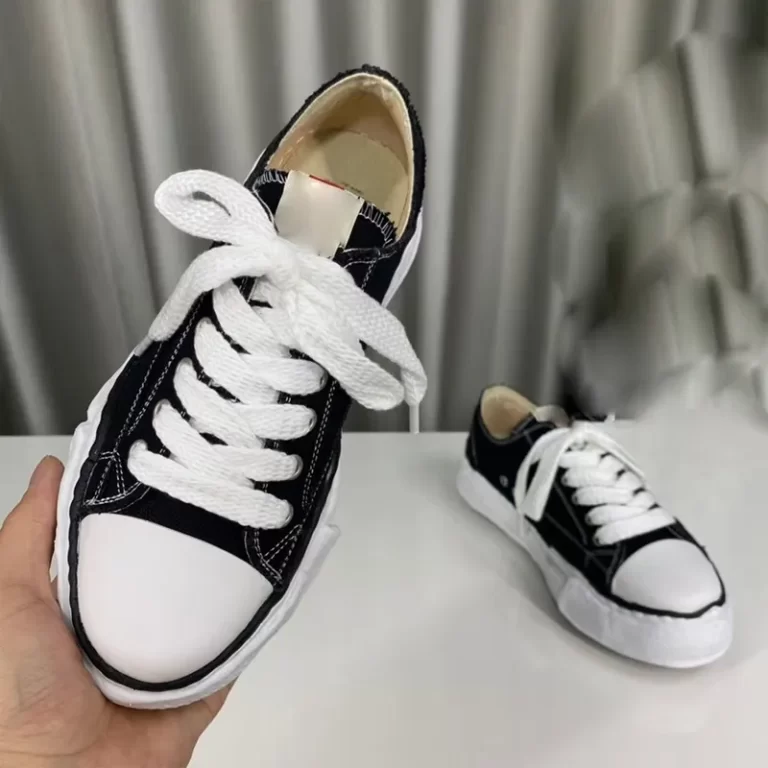
Running Shoes for Supination: Your Comprehensive Buying Guide
Finding the right running shoes for supination is essential for every runner, especially for those with specific foot conditions. Supination, also known as underpronation, is a common foot posture where the weight is distributed more on the outer edges of the foot during a stride. This can lead to discomfort and injuries if not addressed properly with suitable footwear. This comprehensive buying guide will help you understand supination, its implications on running, and how to choose the best running shoes to accommodate this condition.
What is Supination and How Does It Affect Runners?
Supination, also called underpronation, happens when the foot rolls outward during movement. It causes uneven weight distribution, stressing specific areas of the foot. For runners, supination can lead to discomfort and injuries if not addressed.
Understanding Supination in Foot Mechanics
Supination occurs when the foot doesn’t roll inward enough after striking the ground. Ideally, the foot should provide a balanced weight distribution during running. With supination, the outer edge of the foot absorbs more impact. This misalignment can strain joints, affect stride efficiency, and create long-term foot issues. Runners with supination often need specialized shoes for better support and alignment.
Common Symptoms and Challenges Faced by Supinators
Common signs of supination are pain in the heels, ankles, or arches after running. Supinators may also notice excessive wear on the outer edges of their shoes. Challenges include a higher risk of injuries like sprains, plantar fasciitis, or shin splints. Proper running shoes for supination can help fix these issues by offering cushioning and support.
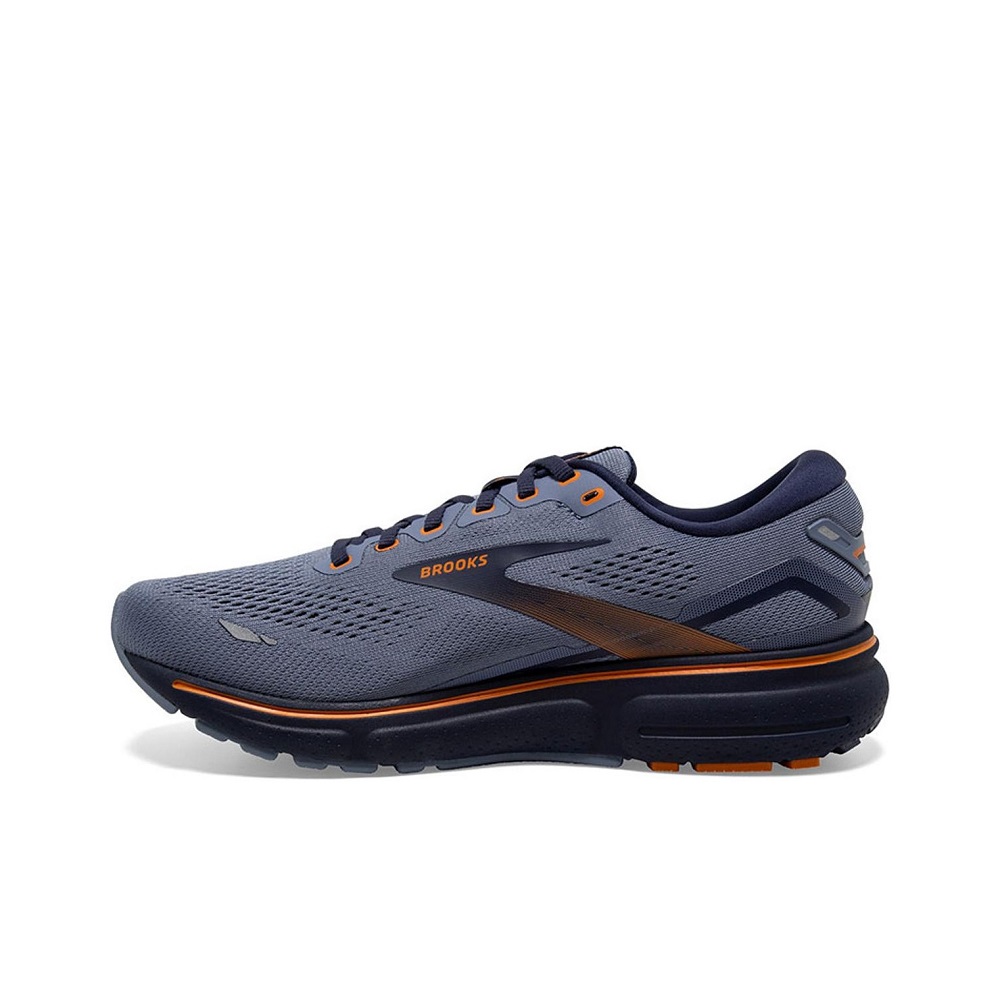
Key Features to Look for in Running Shoes for Supination
Selecting the right running shoes for supination is crucial. They must offer support and comfort while addressing your unique needs. Key features in these shoes can make a significant difference in your running experience.
Cushioning and Shock Absorption
Cushioning is essential for supinators. It helps reduce impact on the feet, ankles, and knees. Look for running shoes with soft midsoles and extra material in the heel and forefoot areas. This added shock absorption protects your joints and minimizes the risk of injuries.
The right level of cushioning also ensures a smoother stride. It compensates for the uneven weight distribution caused by supination. Premium foam technologies, such as EVA or gel cushioning, provide excellent shock absorption to enhance comfort.
Arch Support and Stability
Strong arch support is critical for those with supination. It helps align your feet correctly and reduces strain on the outer edges. Running shoes designed for supination often include built-in arch reinforcements or orthotic compatibility.
Stability features, like heel counters, are also vital. They keep your feet in place and prevent excessive rolling outward. Proper stability reduces the risk of sprains and long-term foot issues, ensuring safer runs.
Flexibility and Movement Efficiency
Flexibility in running shoes supports natural foot movements. Supinators benefit from shoes that conform to their stride while providing controlled movement. Look for designs with flexible outsoles and materials that encourage efficient motion.
Shoes with segmented soles or flex grooves improve movement efficiency. They allow the foot to move naturally while maintaining adequate support. Flexibility enhances overall comfort and prevents stiffness during long runs.
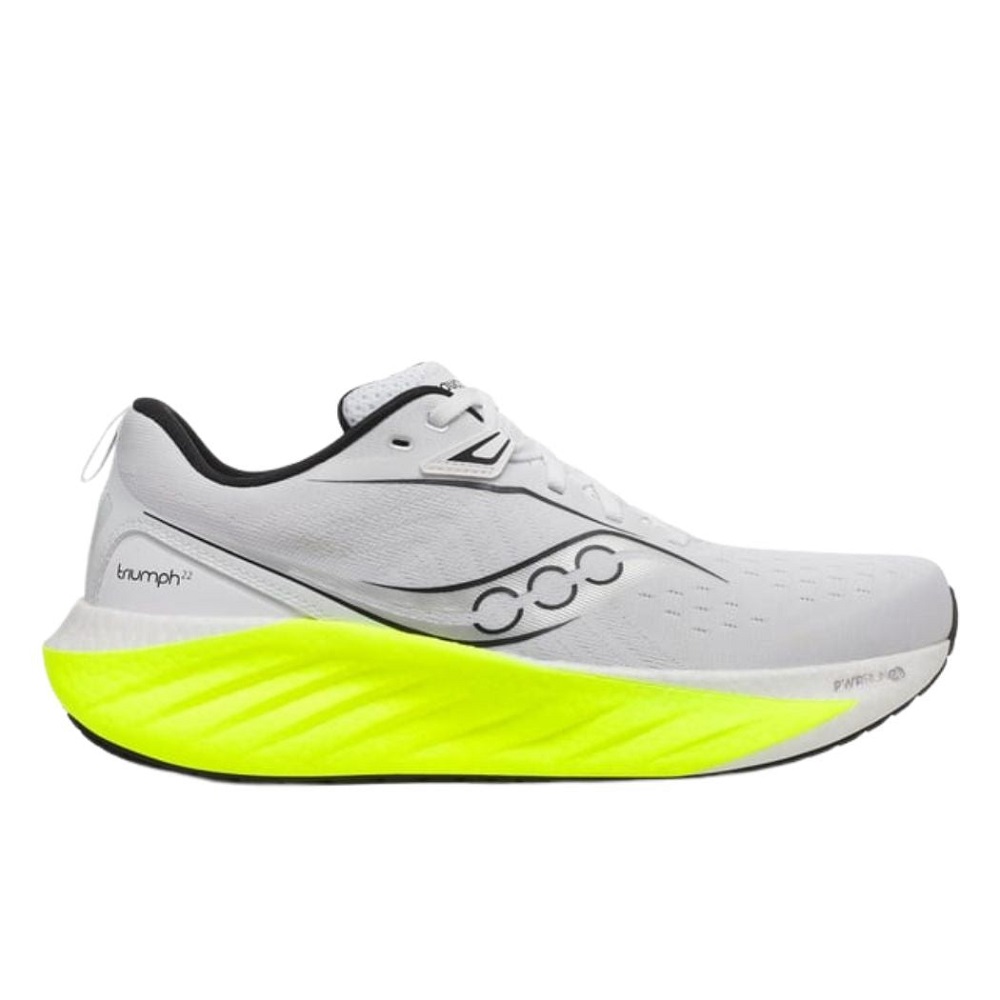
Top Brands Offering Running Shoes for Supination
Finding the right running shoes for supination requires exploring trustworthy brands. Leading manufacturers design specialized shoes to address underpronation. These shoes ensure comfort, support, and injury prevention during your runs.
Popular Models From Leading Brands
Some brands are known for their advanced running shoes for supination. Here are a few popular options:
- Asics Gel-Nimbus Series: These shoes offer excellent cushioning with Gel technology. They provide enhanced shock absorption for supinators.
- Brooks Ghost: Known for their balanced cushioning, these shoes deliver reliable support and reduce stress on the outer foot.
- Saucony Ride: These models feature flexible outsoles and plush midsoles. They improve movement efficiency and provide a smooth stride.
- Nike Air Zoom Pegasus: With responsive cushioning and lightweight design, these shoes cater to runners needing controlled motion.
- New Balance Fresh Foam Series: Offering soft midsoles, these shoes adapt to your foot shape while maintaining stability.
Comparison of Features and Benefits
When choosing a brand, consider the standout features that meet your needs. Below is a quick comparison:
- Asics Gel-Nimbus: Superior impact absorption and long-distance comfort make these ideal for marathon runners.
- Brooks Ghost: Offers a blend of softness and durability, perfect for daily training.
- Saucony Ride: Lightweight with excellent flexibility, designed for efficiency in shorter runs.
- Nike Air Zoom Pegasus: Responsive cushioning makes them great for sprinters and casual runners.
- New Balance Fresh Foam: Designed for versatile use, focusing on all-day comfort and support.
Each brand brings unique technologies to address supination. Select a model that aligns with your running style and goals. Investing in the right shoes ensures comfort, performance, and injury prevention for supinators.
Benefits of Proper Running Shoes for Supination
Proper running shoes for supination offer multiple benefits. They address unique challenges faced by supinators and improve foot health.
Prevention of Injuries
Wearing the right shoes reduces strain on the outer foot. They provide balanced cushioning to absorb impact effectively. This helps prevent injuries like sprains, plantar fasciitis, and shin splints. Proper arch support and stability minimize joint stress and ensure safer runs. Strong midsole materials and durable construction further protect against long-term foot issues.
Enhanced Running Performance
Shoes designed for supination improve stride efficiency. They align your feet for smoother, natural movement. Flexible features promote controlled motion, reducing energy loss. Enhanced shock absorption allows you to run longer without discomfort. Lightweight yet supportive designs help maintain speed and endurance during workouts. A better stride means an overall easier and more enjoyable running experience.
Long-Term Comfort and Support
Good running shoes for supination ensure lasting comfort. Plush midsoles adapt to your foot shape, reducing pressure points. Stability features provide secure footing, preventing outward rolling of your ankles. Quality materials in the sole and upper keep your feet supported throughout long runs. Investing in specialized shoes provides both immediate relief and long-term benefits for supinators. This helps you stay active without worrying about foot pain.
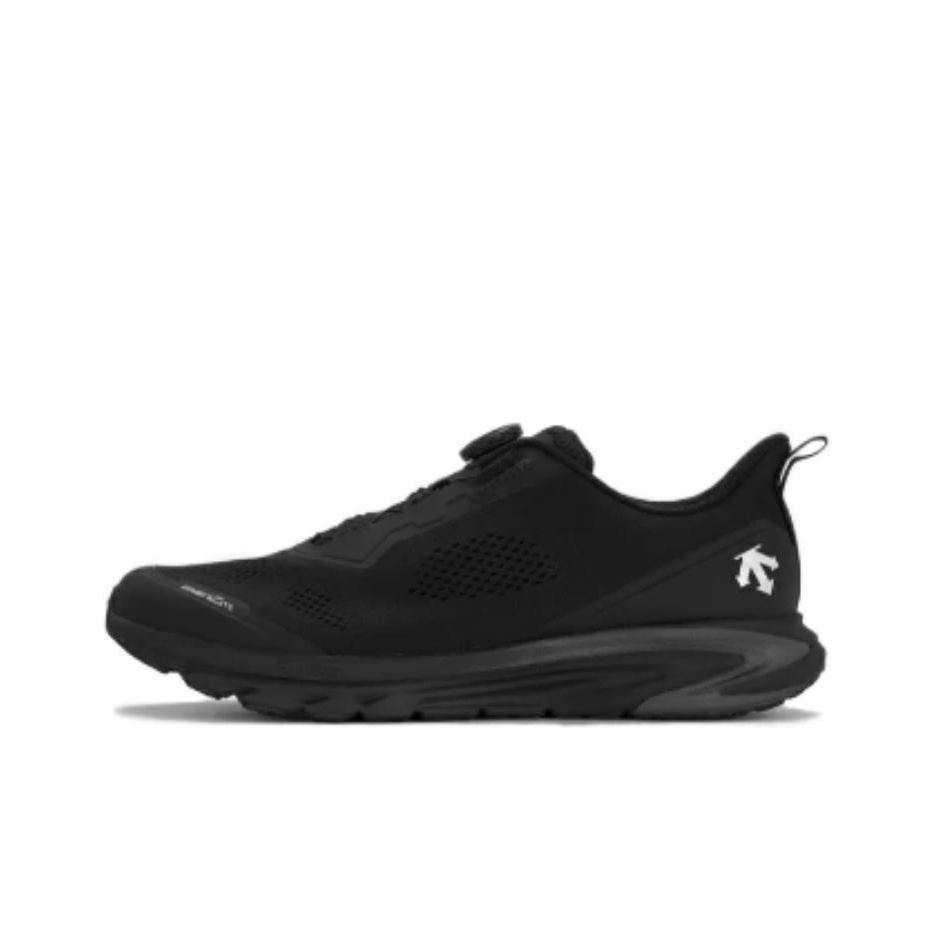
Tips for Choosing the Best Running Shoes for Supination
Selecting the best running shoes for supination can improve comfort and prevent injuries. A thoughtful approach ensures your shoes meet your specific needs.
Tailoring Options to Your Running Style
Your running style influences the type of shoes you should choose. Assess your stride, foot shape, and running goals before making a decision. For example:
- Long-Distance Runners: Opt for shoes with enhanced cushioning for extended comfort and shock absorption.
- Speed-Focused Runners: Look for responsive soles that support faster strides.
- Casual Runners: Prioritize versatile shoes with a balance of support and flexibility.
Consider the terrain you usually run on. Trail runners need durable outsoles and extra grip. Road runners benefit from lightweight designs and smooth transitions. Tailoring your choice to your activity ensures both performance and comfort.
Importance of Trying Shoes Before Purchase
Never skip trying running shoes before buying them. Fitting ensures the shoes meet your exact needs. Here are key tips when trying:
- Test for Sizing: Make sure there’s enough space for your toes to move.
- Check for Comfort: Walk or jog in the store to test feel and support.
- Align Fit with Socks: Wear the same socks you’ll use for running during the fitting process.
Different brands and models fit differently, so trying them is essential. Pay attention to snugness, arch alignment, and heel stability. A well-fitting shoe reduces discomfort and risks of injuries. Investing time in proper fitting leads to a better, longer-lasting running experience.
Caring for Your Running Shoes
Proper care extends the life of your running shoes. Maintenance ensures optimal performance and comfort.
Maintenance Tips for Longevity
- Clean Regularly: Remove dirt and debris after each run. Use a soft brush and mild soap.
- Air Dry: Avoid direct sunlight and heaters. These can damage materials and reduce durability.
- Protect from Moisture: Store shoes in a dry area. Wet environments can lead to mold and odor.
- Alternate Shoes: Use multiple pairs to rotate usage. This helps prevent excessive wear.
- Inspect Soles and Uppers: Check for signs of cracks or fraying. Address minor issues to avoid costly repairs.
Regular shoe maintenance retains cushioning and stability. Well-kept shoes perform better and feel more comfortable.
Signs It’s Time to Replace Your Shoes
- Excessive Wear: Look for worn-out outsoles or flattened midsoles. These reduce shock absorption.
- Lack of Support: If your arches or feet hurt during runs, your shoes may need replacing.
- Uneven Tread Marks: Check the tread for signs of supination. Worn edges mean uneven weight distribution.
- Mileage Threshold: Replace shoes every 300-500 miles. Prolonged use can strain your feet and joints.
- Comfort Issues: If shoes feel unstable or uncomfortable, they may no longer support supination.
Recognizing these signs helps avoid injuries and discomfort. Replace shoes on time to keep your runs enjoyable.
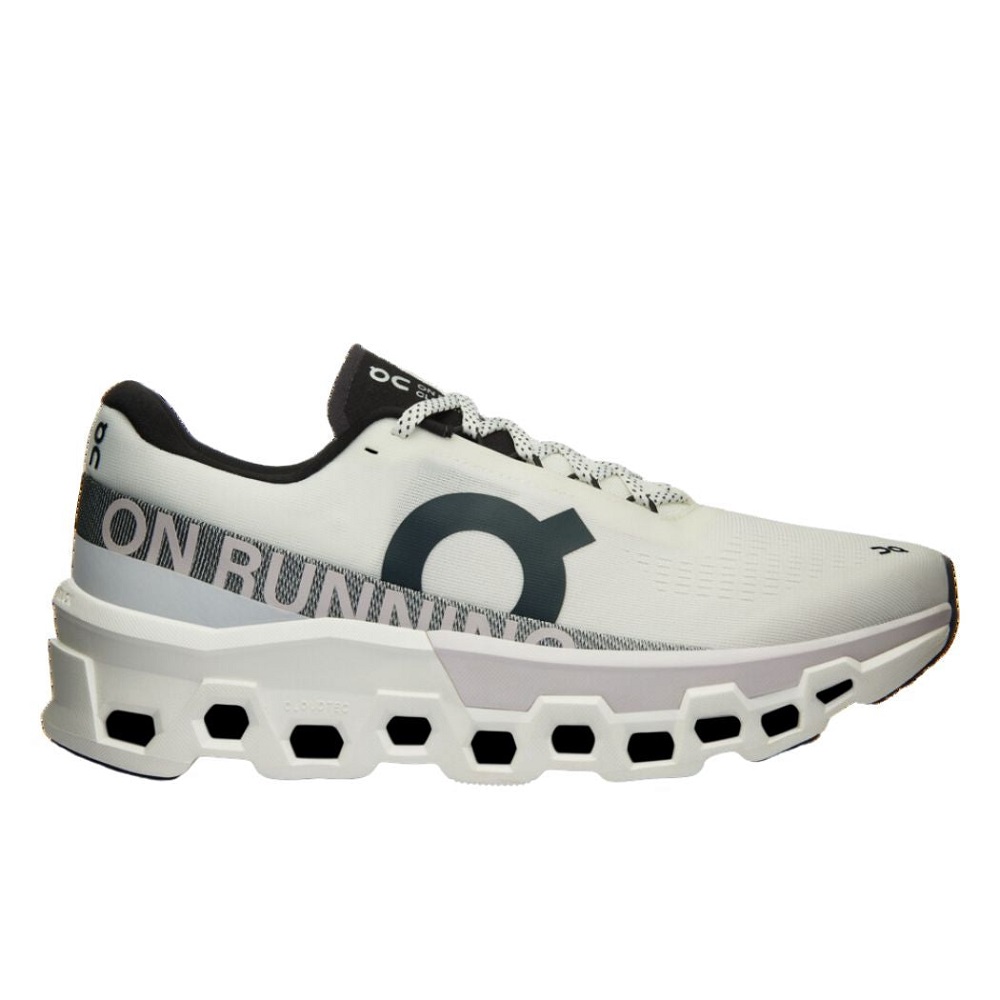
Additional Accessories to Support Supination
Runners with supination can benefit from accessories that increase comfort and reduce stress. Using targeted gear supplements the support provided by specialized running shoes. These accessories also enhance foot alignment and minimize the risk of injuries during runs.
Insoles and Orthotics
Insoles and orthotics offer tailored support for supination. They provide extra cushioning where needed most. Look for insoles with soft foam or gel materials for shock absorption. Custom orthotics align your arches and improve weight distribution.
Orthotics designed for supination correct the outward rolling of feet. They stabilize foot movements and reduce strain on joints. Using orthotics prevents wear on the outer edges of your shoes. They pair well with running shoes designed for underpronation.
Compression Socks and Other Support Gear
Compression socks help reduce muscle fatigue during runs. They improve blood circulation and minimize swelling. Supinators benefit from socks designed with arch support features. These socks stabilize the feet and reduce movement imbalance.
Other useful gear includes ankle braces for added protection. They prevent rolling out and reduce the risk of sprains. Support sleeves can enhance foot alignment while offering lightweight comfort. Pairing such accessories with proper running shoes optimizes your overall experience.
Considerations for Running on Different Surfaces
Terrain-Specific Shoes
When running with supination, it’s important to consider the surfaces you will be running on. Road running shoes typically have firmer soles to handle the flat surfaces of pavement, providing better stability and traction. Trail running shoes, on the other hand, are designed with more aggressive treads to navigate uneven, rocky, or slippery terrains. Runners with supination should choose shoes tailored to their favorite running environment to maximize comfort and reduce the likelihood of injury.
If you frequently switch between surfaces, consider investing in a versatile shoe that can adapt slightly to different conditions. These hybrid shoes offer a good balance of cushioning and stability, making them suitable for both pavement and light trail running. Incorporating specialized shoes based on terrain can further enhance your running experience.
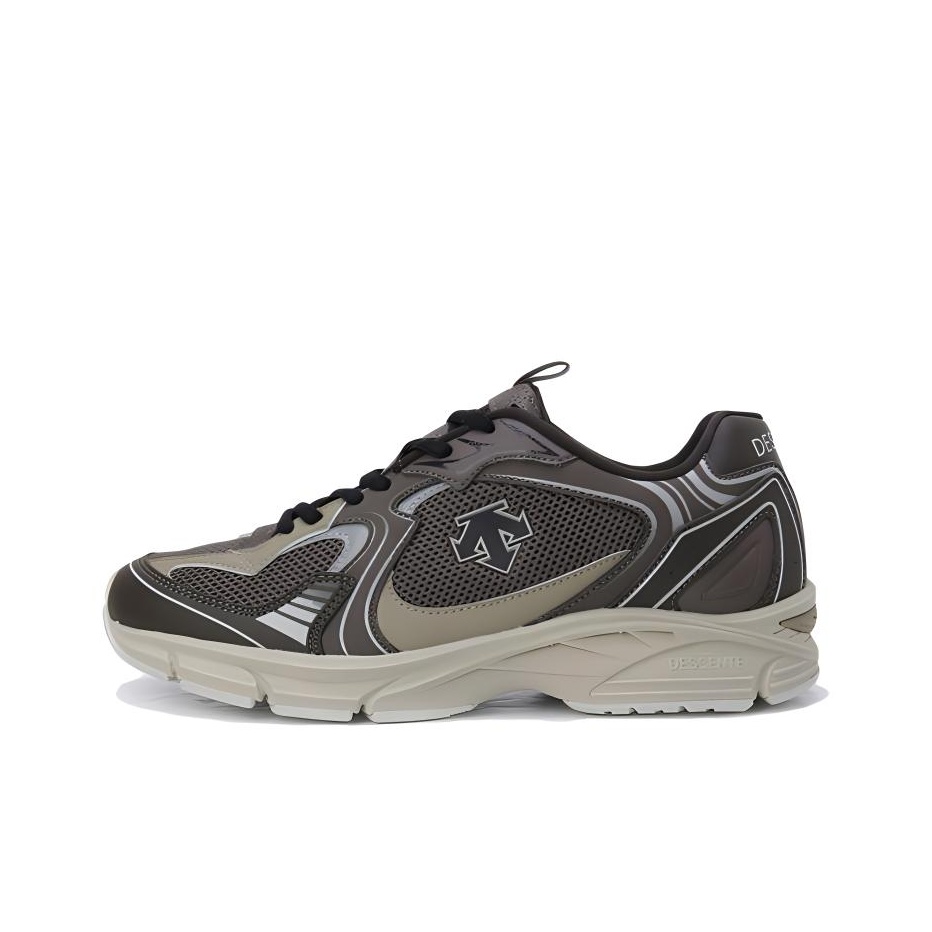
Seeking Professional Guidance
Getting a Gait Analysis
For those struggling to find the right running shoes, seeking professional assistance can be invaluable. Many specialty running stores offer gait analysis services, where trained staff can assess your running mechanics and suggest appropriate footwear. During a gait analysis, your foot strike and running form are closely examined, providing insights into your specific needs.
This process can help identify any issues related to supination and allow you to make informed decisions when purchasing your shoes. Professional recommendations can save you time, money, and discomfort in the long run, ensuring you find the perfect pair suited to your unique foot mechanics.
Final Thoughts on Managing Supination
Emphasizing Knowledge and Awareness
Managing running shoes for supination requires a combination of the right footwear, awareness of your running habits, and an understanding of how to care for your shoes. By being informed about your foot mechanics and recognizing the signs of distress, you can make proactive decisions to keep pain and discomfort at bay. Each runner is different, and so are their needs; customizing your approach will lead to a more enjoyable experience.
Ultimately, by investing time in selecting the appropriate running shoes for supination and making necessary adjustments to your routine, you can create a supportive environment for your feet. Embrace the journey of finding the right shoes, and remember that every step you take should promote not only your physical health but also your love for running. With care and the right tools, you can run pain-free and enjoy the many benefits of this enriching activity!
